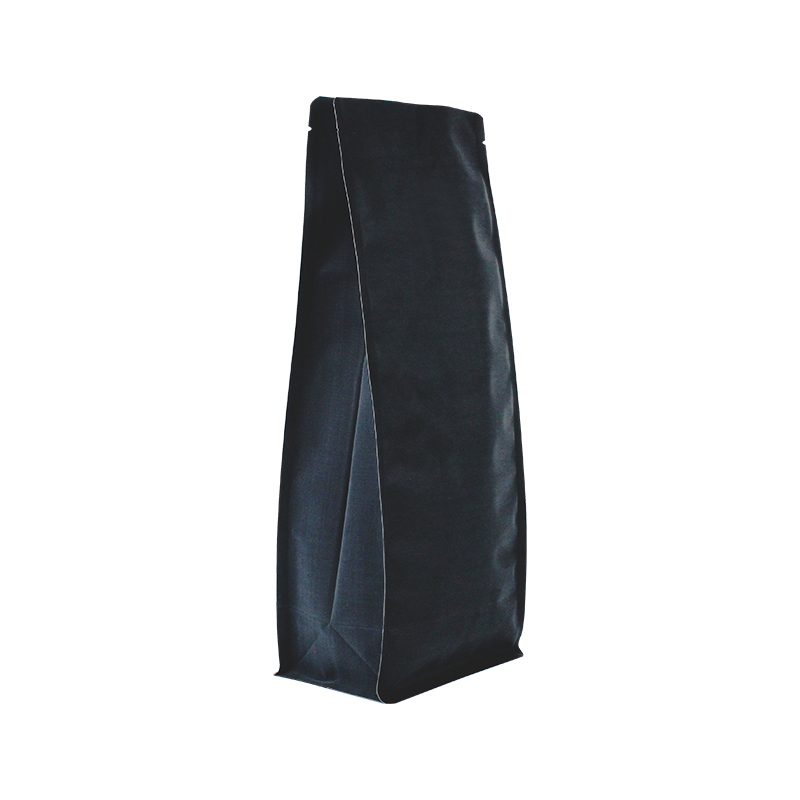Sustainable Solutions in Polyvinyl Chloride Packaging for a Greener Future
The Role of Polyvinyl Chloride in Packaging
Polyvinyl chloride (PVC), one of the most widely used synthetic plastic polymers, has dramatically transformed the landscape of packaging materials. Known for its versatility, durability, and cost-effectiveness, PVC is utilized across various industries, making it an essential component in the production of packaging solutions.
Properties of PVC
PVC possesses a unique combination of properties that makes it an ideal candidate for packaging applications. It is resistant to chemical corrosion, which is vital for containing various products from food items to hazardous materials. Additionally, PVC is lightweight yet robust, allowing manufacturers to create packages that are both strong and easy to handle. Its excellent clarity makes it suitable for applications where product visibility is essential, such as food packaging and retail displays.
Moreover, PVC can be easily molded and shaped into various forms, facilitating the creation of custom packaging designs tailored to specific products. This adaptability extends to various colors, thicknesses, and textures, giving manufacturers the flexibility to cater to the branding needs of their clients while ensuring product safety and integrity.
Environmental Impact and Sustainability
Despite its advantages, PVC has faced scrutiny regarding its environmental impact. The production and disposal of PVC can result in harmful emissions and contribute to pollution if not managed correctly. Nevertheless, significant strides have been made in the pursuit of more sustainable practices within the PVC industry.
Many manufacturers are now adopting recycling initiatives to minimize waste. In fact, PVC can be recycled multiple times without losing its inherent qualities. This capacity for recycling helps reduce the demand for virgin materials, conserve energy, and decrease landfill contributions. Awareness of sustainability in packaging has prompted many businesses to explore eco-friendly alternatives while integrating PVC into a circular economy model.
Applications of PVC in Packaging
polyvinyl chloride packaging

The versatility of PVC extends to a wide variety of packaging applications. In the food sector, PVC wrap is commonly used to keep perishable items fresh, thanks to its effective barrier properties against air and moisture. This feature is crucial for prolonging the shelf life of products while ensuring food safety.
In the medical field, PVC is employed for manufacturing packaging for sterile medical devices, IV bags, and other healthcare products. Its chemical resistance and durability make it suitable for storing sensitive items that require protection against contamination and deterioration.
Additionally, PVC is widely used in industrial packaging solutions. Large drums, containers, and specialized packaging for hazardous materials are often crafted from PVC due to its robust construction, ensuring safe transport and storage of chemicals and other industrial products.
Future Developments and Innovations
As the global market increasingly emphasizes sustainability, the future of PVC in packaging could be shaped by innovations aimed at reducing environmental impact. Research into bio-based alternatives and additives that enhance the recyclability of PVC is underway. Additionally, advancements in manufacturing technologies may lead to more efficient production processes, decreasing energy consumption and waste.
It is also likely that regulatory measures will influence the PVC packaging sector, compelling manufacturers to adopt greener practices and develop more sustainable products. Consumer awareness surrounding sustainability will drive demand for packaging solutions that strike a balance between performance and environmental responsibility.
Conclusion
Polyvinyl chloride continues to play a pivotal role in the packaging industry, thanks to its unique properties and versatile applications. While challenges related to environmental impact remain, ongoing efforts to innovate and implement sustainable practices are paving the way for a more eco-friendly future for PVC. By emphasizing recycling and responsible manufacturing, the packaging industry can harness the benefits of PVC while minimizing its ecological footprint. As we move forward, collaboration between manufacturers, consumers, and policymakers will be vital in ensuring that PVC remains a viable and sustainable choice in the evolving world of packaging.













